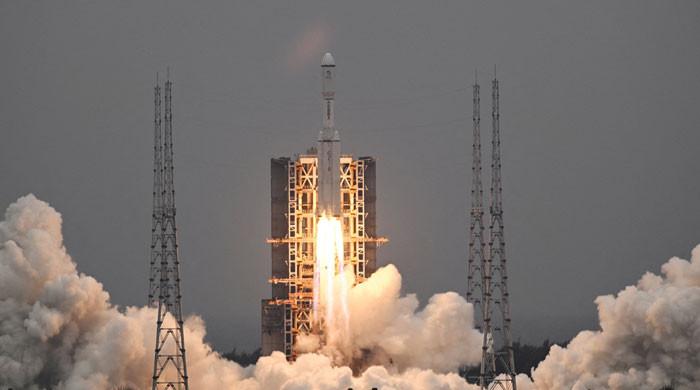Nasa's X-66A unveils revolutionary experimental aircraft
Nasa and Boeing seek X-plane designation for innovative experimental aircraft designs for adoption of environmentally-friendly flights
June 17, 2023

Nasa and Boeing said that the US Air Force has named the plane built by Nasa's Sustainable Flight Demonstrator project, the X-66A.
The US-based space agency's new X-plane aims to educate a potential new generation of single-aisle aircraft that are the backbone of passenger airlines all over the world and are more environmentally friendly.
Additionally, Boeing promised to develop, test, and fly a full-scale demonstrator of the Transonic Truss-Braced Wing concept, which features wings that are elongated and thin and are stabilised by diagonal struts, in collaboration with Nasa.
"At Nasa, our eyes are not just focused on stars but also fixated on the sky. The Sustainable Flight Demonstrator builds on Nasa’s world-leading efforts in aeronautics as well climate," said Nasa Administrator Bill Nelson.
"The X-66A will help shape the future of aviation, a new era where aircraft are greener, cleaner, and quieter, and create new possibilities for the flying public and American industry alike," he added.
As stated in the White House's US Aviation Climate Action Plan, the X-66A is the first X-plane designed specifically to assist the United States in achieving net-zero aviation greenhouse gas emissions.
Meanwhile, Bob Pearce, associate administrator for Nasa’s Aeronautics Research Mission Directorate, shared that the organisation aims for transformative aircraft concepts like the X-66A to achieve net zero aviation emissions by 2050, demonstrating energy-saving, emissions-reducing technologies.
According to SciTech Daily, Nasa and Boeing sought X-plane designation after the Sustainable Flight Demonstrator project award, granting research aircraft status for revolutionary experimental aircraft configurations and testing designs and technologies for adoption into other aircraft designs.
Boeing's CEO Todd Citron praised the X-66A's designation as the next experimental aircraft, transforming aviation with design, construction, and flight testing and contributing to decarbonisation.
Furthermore, the X-66A is a designation for a Transonic Truss-Braced Wing configuration, potentially reducing fuel consumption and emissions by up to 30%.
Since single-aisle aircraft contributed to half of global aviation emissions, Nasa's X-Plane programme, initiated in the 1940s, has contributed to the development of sustainable designs and technologies.
The X-66A is the latest in a long line of Nasa X-planes, supported by the Armstrong Flight Research Centre.
Nevertheless, Nasa and Boeing have a Funded Space Act Agreement to invest $425 million over seven years in the Sustainable Flight Demonstrator project. Boeing and its partners contribute $725 million, while Nasa provides technical expertise and facilities.











